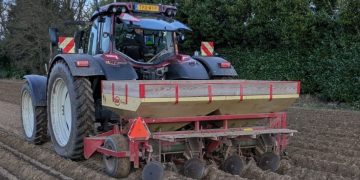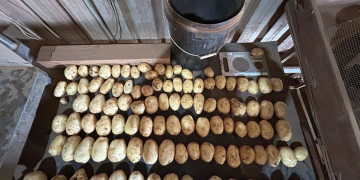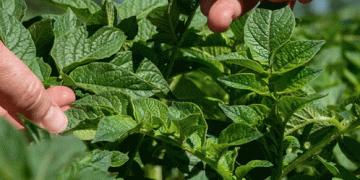#ThlaspiArvense #Phytoremediation #SoilRemediation #Hyperaccumulation #Pollution #HeavyMetals #ContaminatedSoil #SustainableEcosystem #Restoration
Thlaspi arvense, commonly known as field penny-cress or stinkweed, is a plant species that has been found to have a unique ability to absorb and accumulate heavy metals and pollutants from contaminated soil. This plant has the potential to revolutionize soil remediation techniques and help in the restoration of polluted sites. In this article, we will discuss the development and consequences of using Thlaspi arvense for soil remediation.
Thlaspi arvense belongs to the Brassicaceae family and is native to Europe and Asia. It has been extensively studied for its ability to absorb heavy metals, such as cadmium, lead, and zinc, from contaminated soil. The plant has a specialized mechanism that allows it to absorb and transport heavy metals from the soil to its shoots and leaves. This process is known as hyperaccumulation and makes Thlaspi arvense an excellent candidate for phytoremediation, a process that uses plants to remove pollutants from the soil.
The development of Thlaspi arvense as a phytoremediation plant has gained traction in recent years. Research has shown that it can be grown in contaminated soil without any adverse effects on its growth or development. This makes it an ideal candidate for soil remediation projects, as it can be grown on-site and does not require costly transportation to a specialized facility. Moreover, Thlaspi arvense is a fast-growing plant that can produce a large biomass, making it an efficient tool for removing pollutants from the soil.
The consequences of using Thlaspi arvense for soil remediation are significant. It provides a cost-effective and environmentally friendly alternative to traditional soil remediation techniques, such as excavation and disposal. Furthermore, it can help in the restoration of polluted sites and prevent the spread of contaminants to surrounding areas. The use of Thlaspi arvense can also promote the growth of other plant species and improve soil quality, creating a more sustainable ecosystem.
In conclusion, Thlaspi arvense is a miracle plant that has the potential to revolutionize soil remediation techniques. Its ability to hyperaccumulate heavy metals and pollutants from contaminated soil makes it an ideal candidate for phytoremediation projects. The development of Thlaspi arvense as a soil remediation plant provides a cost-effective and environmentally friendly alternative to traditional remediation techniques, with significant consequences for the restoration of polluted sites.






